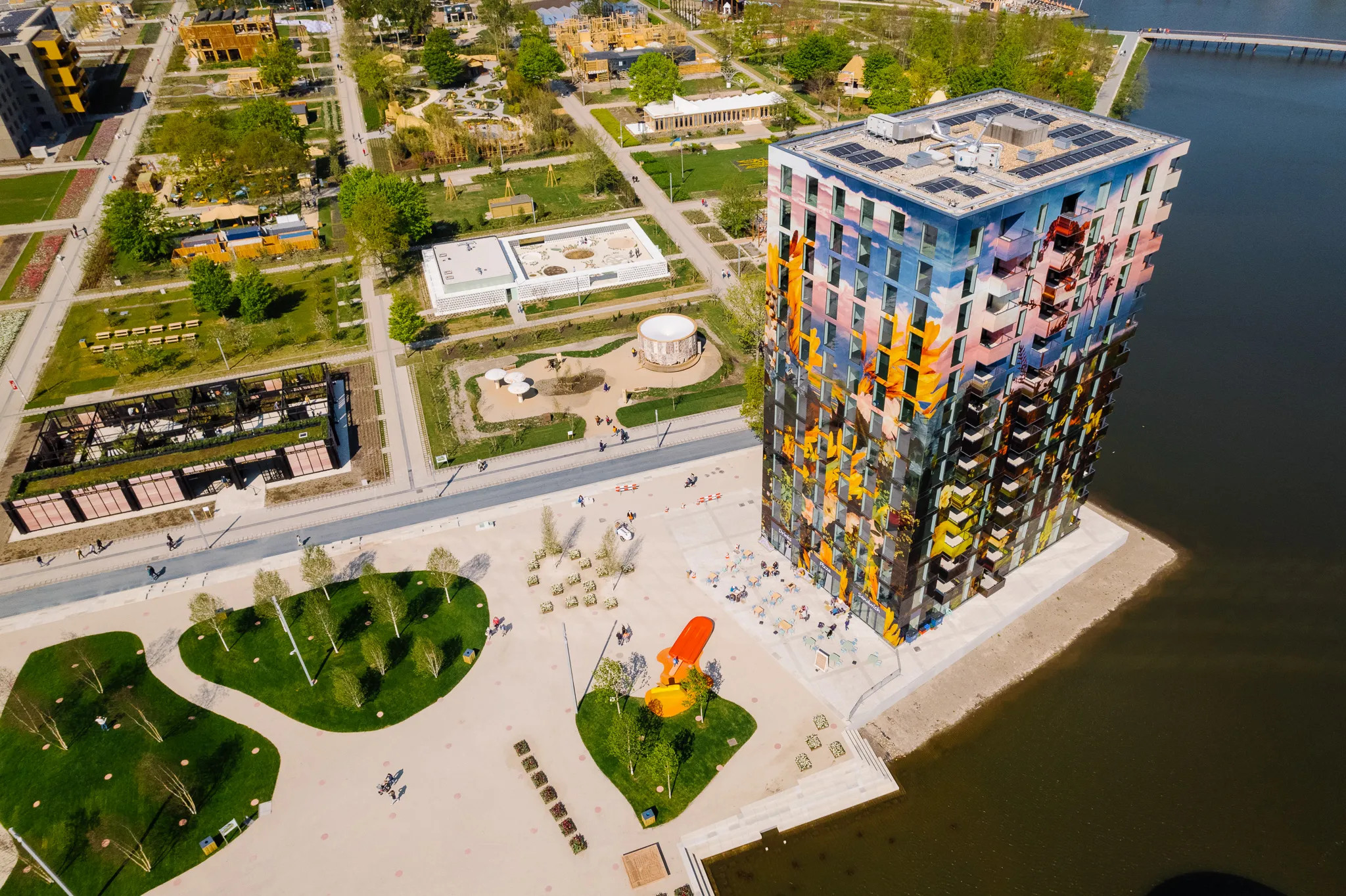Urban Ruins and the Neo -Picturesque Landscape
DOI:
https://doi.org/10.58519/aesthinv.v6i1.12089Keywords:
ruins, architecture, sublime, picturesque, neo-picturesqueAbstract
While classical ruins are seen as tourist destinations, contemporary or industrial ruins are dismissed as disused sites. In this paper I argue for the preservation of urban (or contemporary) ruins. I focus on one specific case, that of the Miami Marine Stadium in Miami, Florida USA. Since the 1990s the stadium has been derelict, a canvas for graffiti artists and a home to skateboarders. In 2018 the City of Miami decided to revamp the stadium and reopen it as a concert and sporting venue. The current design-development plan has sanitized this urban ruin, robbing it of its past. I will situate the debate about rehabbing contemporary ruins within the growing literature of the neo-picturesque, specifically neo-picturesque landscape design. I believe that urban ruins such as these have a place in the modern city and will suggest some paths forward for these neo-picturesque ruin beauties.
References
Armario, Christine. 2022. “As Miami’s skyline booms, the future of a long-neglected tropical brutalist gem hangs in the balance.” vol. 27, February.
Bakker, Boudewijn. 1995. “Schilderachtig: Discussions of a Seventeenth-Century Term and Concept.” Simiolus: Netherlands Quarterly for the History of Art 23 (2/3): 147–162.
Bicknell, Jeanette, Jennifer Judkins, and Carolyn Korsmeyer, eds. 2020. Philosophical Perspectives on Ruins, Monuments, and Memorials. New York: Routledge.
Burke, Edmund. 2008. A Philosophical Enquiry into the Origin of Our Ideas of the Sublime and Beautiful. Oxford: Oxford University Press.
Conroy, Renee. 2020. “Rust Belt Ruins.” In Bicknell, Judkins, and Korsmeyer 2020, 121–132.
Edensor, Tim. 2005. Industrial Ruins: Space, Aesthetics and Materiality. New York: Berg.
Gilpin, William. 1802. An essay upon prints. Fifth edition. London: A. Strahan.
Ginsberg, Robert. 2004. The Aesthetics of Ruins. Amsterdam: Rodopi.
Herrington, Susan, and Dominic McIver Lopes. 2020. In Bicknell, Judkins, and Korsmeyer 2020, 133–146.
Howley, James. 2004. The Follies and Garden Buildings of Ireland. New Haven, CT: Yale University Press.
Judkins, Jennifer. 2014. “On Things That Are Not There Anymore.” Journal of Aesthetics and Art Criticism 72 (4): 441–445.
Leary, John Patrick. 2011. “Detroitism.” Guernica: A Magazine of Arts and Politics.
Robbins, John Charles. 2022. “Miami’s indefinite deferral stalls Marine Stadium restoration.” vol. 7, June.
Scarbrough, Elizabeth. 2014. “Unimagined Beauty.” Journal of Aesthetics and Art Criticism 72 (4): 445–449.
---. 2018. “Ruminations on Ruins.” The Philosophers’ Magazine 81 (2): 62–67.
---. 2020. In Bicknell, Judkins, and Korsmeyer 2020, 228–240.
Smetana, Jessica. 2021. “Power Boats and Paint Cans: In Miami, a Relic of a Marina Finds New Life, Again.”
Way, Thaïsa. 2019. From Modern Space to Urban Ecological Design: The Landscape Architecture of Richard Haag. University of Washington Press.
Downloads
Published
Versions
- 2023-09-01 (2)
- 2023-08-30 (1)
Issue
Section
License
Copyright (c) 2023 Elizabeth Scarbrough

This work is licensed under a Creative Commons Attribution 4.0 International License.
Authors who publish with this journal agree to the following terms:
Authors retain copyright and grant the journal right of first publication with the work simultaneously licensed under a Creative Commons Attribution License that allows others to share the work with an acknowledgement of the work's authorship and initial publication in this journal. Note: up to volume 4 issue 1, an incorrect copyright line appears in the PDFs of the articles.
Authors are able to enter into separate, additional contractual arrangements for the non-exclusive distribution of the journal's published version of the work (e.g., post it to an institutional repository or publish it in a book), with an acknowledgement of its initial publication in this journal.
Authors are permitted and encouraged to post their work online (e.g., in institutional repositories or on their website) prior to and during the submission process, as it can lead to productive exchanges, as well as earlier and greater citation of published work (See The Effect of Open Access).






